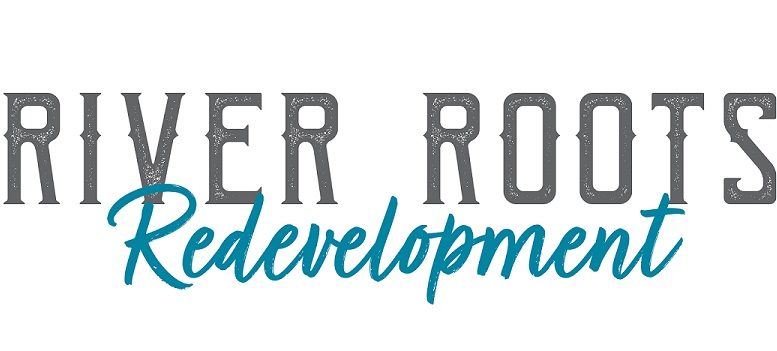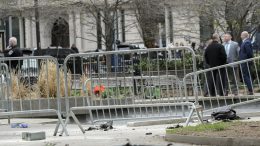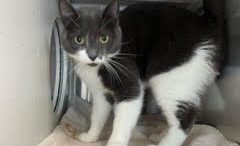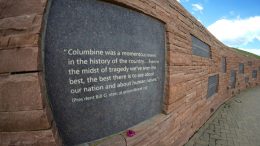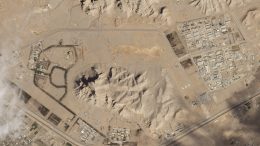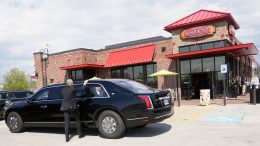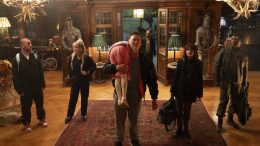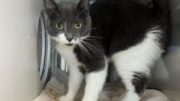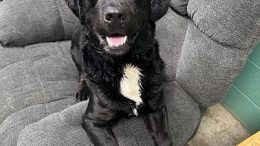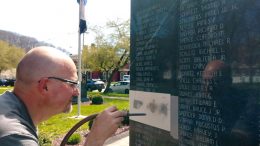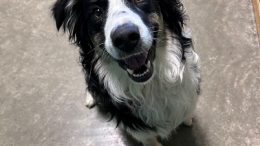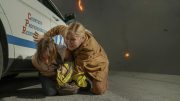You’ve probably heard at least one of these phrases before, and they’re true. This week I want to talk about something that has the potential to exponentially multiply everything we do: collaboration. Let’s look at 3 levels of collaboration, starting with person-to-person.
When one person or a small group of people are making all the decisions or shouldering the load, two things often happen. One, those not involved may feel excluded, unwelcome, and unheard, and two, that individual or small group may experience burnout after a time. This isn’t sustainable or healthy. Each of us has our own skills, talents, and passions. When we bring our contributions together toward a common goal, work together, and share our knowledge, that’s when we can see things start to happen.
But, how? Think about what is going on in your community and how your interests overlap. Do you enjoy gardening? Does seeing the flowers planted in planters around town each year put a smile on your face? Reach out and see if you can help keep them watered or free of weeds. Does your town put on an event every year that you love, and do you have some new ideas to add? Share your thoughts AND give a little of your time to make it happen. Organize a group of friends, and do it together!
The next level of collaboration is between groups such as businesses or community organizations. This type of collaboration is especially beneficial to large-scale planning like a festival. With a “divide and conquer” mentality, many groups can come together to create a shared vision, and then each can tackle their smaller, more manageable piece to make the event successful.
But, how? Again, see how your business’s or organization’s focus overlaps the needs present. Are you a groomer or a kennel? Maybe you could sponsor or help organize a pet contest. Are you a restaurant? Maybe you get involved by offering a themed special for the day. Whatever you do, be sure to communicate with the event organizers to create a partnership. And remember, funding is always a major hurdle, so donating is a great way to contribute if other routes don’t work for you.
The third level of collaboration is bridging whole towns. In a rural area like ours, this is key. “Distressed communities are disconnected communities.” (Economic Innovation Group, 2017) By identifying shared issues as well as goals, our individual communities can work together to create a healthy, resilient community as a whole.
But, how? The observation has been made that “If you’ve seen one rural town, you’ve seen one rural town.” Each town has its own personality, so to speak, and we can find ways for that to show through while also banding together. This might be best illustrated when it comes to tourism. An obvious way that many of our communities are tied together is the Allegheny River. This ribbon of water touches each town it flows through from the northern tip of the Oil Region all the way down. It is a common thread, weaving us all together. And beside the river winds the bike trail. Both of these assets bring people into the area, and due to the nature of this type of recreation, many of those people are making stops in more than one town while they’re here. Let’s use this to collaborate across town lines, elevating the experience to another level.
If you’re looking for ways you can get plugged in, stop in at Divani Chocolatier in Foxburg for our weekly coffee chats. We’re there from 1-3 p.m.
Rachel Brosnahan is the Community Engagement Coordinator for River Roots Redevelopment. She can be reached by email at rachel@riverrootsredevelopment.org.

